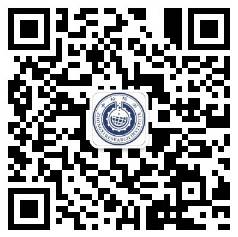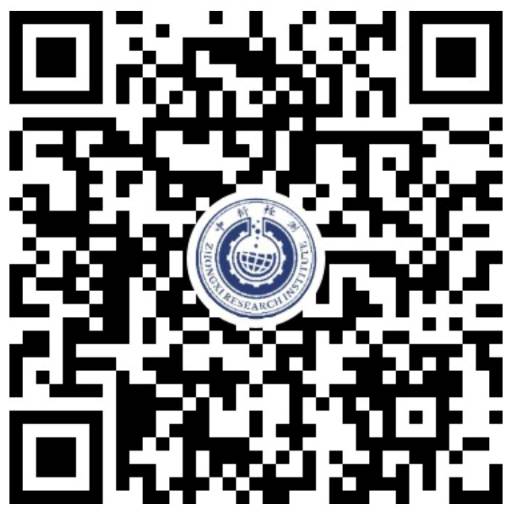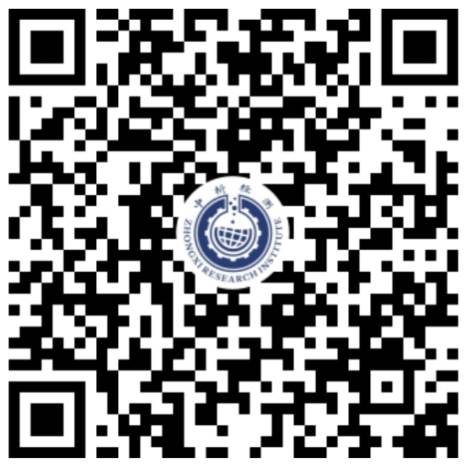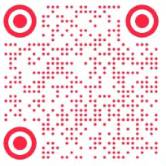- 未知物分析
- 专注科研测试,助力科技创新!
氟化铁(FeF)检测
Fluoride ion (FeF) detection plays a vital role in various industries, including environmental monitoring, pharmaceuticals, and industrial processes. Fluoride ions can enter the environment through natural sources or human activities, and their accumulation can have harmful effects on human health and ecosystems. Therefore, it is crucial to accurately detect and monitor fluoride levels to ensure safety and compliance with regulations.
Fluoride ion detection methods vary depending on the specific application and requirements. Common situations that may require fluoride ion detection include analyzing water quality, monitoring fluoride levels in food and beverages, testing for fluoride contamination in soil and air, and determining fluoride concentrations in industrial processes.
There are several methods available for fluoride ion detection, including:
- Ion-selective electrode method: This method uses a fluoride-selective electrode to measure fluoride ion concentration in a sample solution.
- Colorimetric method: This method involves using a color reagent that changes color in the presence of fluoride ions, allowing for visual or spectrophotometric detection.
- Electrochemical method: This technique utilizes electrochemical sensors to detect fluoride ions based on their redox properties.
- Titration method: This method involves titrating a sample solution with a standard solution of known concentration to determine the fluoride ion content.
- Fluoride ion chromatography: This method separates and quantifies fluoride ions in a sample based on their interaction with a chromatographic column.
For fluoride ion detection, specialized instruments such as ion-selective electrodes, spectrophotometers, ion chromatographs, and titration equipment are commonly used. The ion-selective electrode is a portable and user-friendly device that provides rapid results, making it suitable for on-site fluoride ion detection. Spectrophotometers offer high sensitivity and accuracy for colorimetric analysis, while ion chromatographs allow for precise quantification of fluoride ion concentrations in complex samples.
When conducting fluoride ion detection tests in different fields, challenges may arise, such as interference from other ions, sample matrix effects, and calibration accuracy. To address these issues, it is essential to use appropriate sample preparation techniques, calibration standards, and validation methods. Additionally, conducting method validation studies and quality control checks can help ensure the reliability and accuracy of fluoride ion detection results.
- 01
- 02
- 03
- 04
- 05
- 06







沟通试验方案,获取最新报价
 中析
官方微信公众号
中析
官方微信公众号
 北检
官方微视频
北检
官方微视频
 中析
官方抖音号
中析
官方抖音号
 中析
官方快手号
中析
官方快手号
 北检
官方小红书
北检
官方小红书
 北京前沿
科学技术研究院
北京前沿
科学技术研究院

 返回
返回
 材料检测
材料检测 电子电气检测
电子电气检测 纺织品检测
纺织品检测 冶金矿产检测
冶金矿产检测 汽车交通检测
汽车交通检测 日化产品检测
日化产品检测 石油化工检测
石油化工检测 机械制造检测
机械制造检测 食品药品检测
食品药品检测